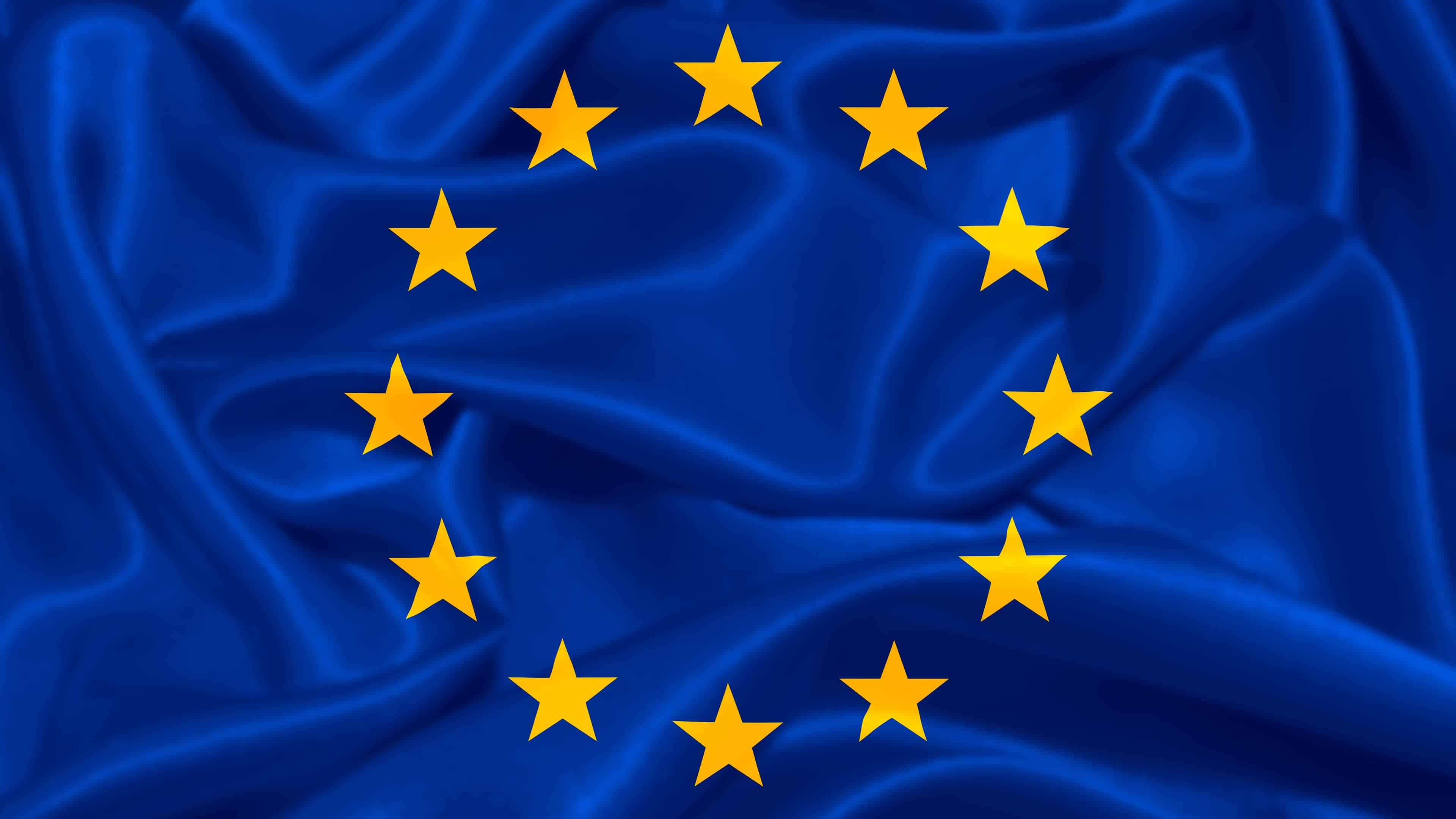While photovoltaics (PV) play an increasingly central role in Europe’s clean energy transition and energy independence, a hidden vulnerability threatens this progress: the software-based remote access to inverters, the critical “brains” of any PV system.
“Today, over 200 GW of European PV capacity is already linked to inverters manufactured in China – the equivalent of more than 200 nuclear power plants,” said Christoph Podewils, the European Solar Manufacturing Council (ESMC) Secretary General.
“This means Europe has effectively surrendered remote control of a vast portion of its electricity infrastructure.”
[…]
Further concerns include:
- 70% of all inverters installed in 2023 came from Chinese vendors, mainly Huawei and SunGrow.
- These two companies alone already control remote access to 168 GW of PV capacity in Europe (DNV Report, p. 40), by 2030, this figure is projected to exceed 400 GW – comparable to the output of 150–200 nuclear power plants.
- One of these vendors [China’s Huawei] is already banned from the 5G sector in many countries and is currently under investigation in Belgium for bribery and corruption.
[…]
In light of these findings, the ESMC calls for the immediate development of an EU “Inverter Security Toolbox”, modeled after the successful 5G Security Toolbox. This would involve:
- A comprehensive risk assessment of inverter manufacturers.
- A requirement that high-risk vendors must not be permitted to maintain an online connection to European electricity systems.
- Consideration of outright bans for such vendors from connecting to the grid.
- A replication of Lithuania’s proactive legislation – banning inverters from China – across all EU Member States – ensuring security measures apply to PV systems of all sizes.



This is rubbish. There are several European producers of solar inverters.
Yep, and I paid the premium for a Fronius one and so far, apart from their customer service being clearly oriented towards the chain “customer -> installer -> Fronius” I am pretty happy with it.
They are staying on top of things with their software updates, provide proper changelogs and API documentation and features like emergency offgrid power have improved over the period of my ownership. It was okay with a switchover time of about 60 seconds of no power from and to the grid when I bought the thing, and the last time emergency power triggered, the switchover to local took only about 12 seconds and switching back was seamless with my UPSes not even triggering. I would recommend them.
Just guessing here, but in my experience 90% or more of all inverters in germany are chinese made.
Have you got any numbers for that?
If you open them and start googling part numbers, you will notice that entire subassemblies are off the shelf parts from China, not just components.
The solution is not to make rules based on where something is made, the solution is to have sensible rules that apply to everyone.
A product with a German label should not spy on you, nor should a Chinese one, or an American one.
I just checked and these are global numbers, couldnt find any for Germany. In Germany its probably a bit less chinese ones, but it has been increasing due to the influx of super cheap microinverters for balcony mounted solar.
These chinese ones add up to 80%:
All the chinese ones have been growing while the other ones fall.
No just my experience from being an electronics engineer and talking to people about their installations. All the inverters you get in hardware stores are rebranded chinese hardware.
This is dust.